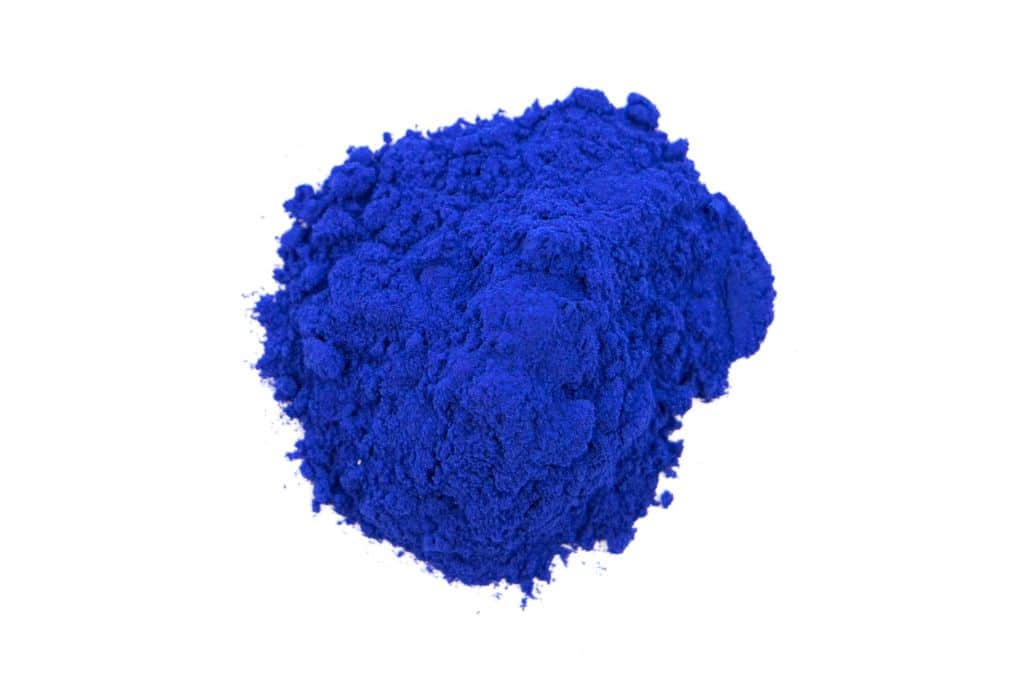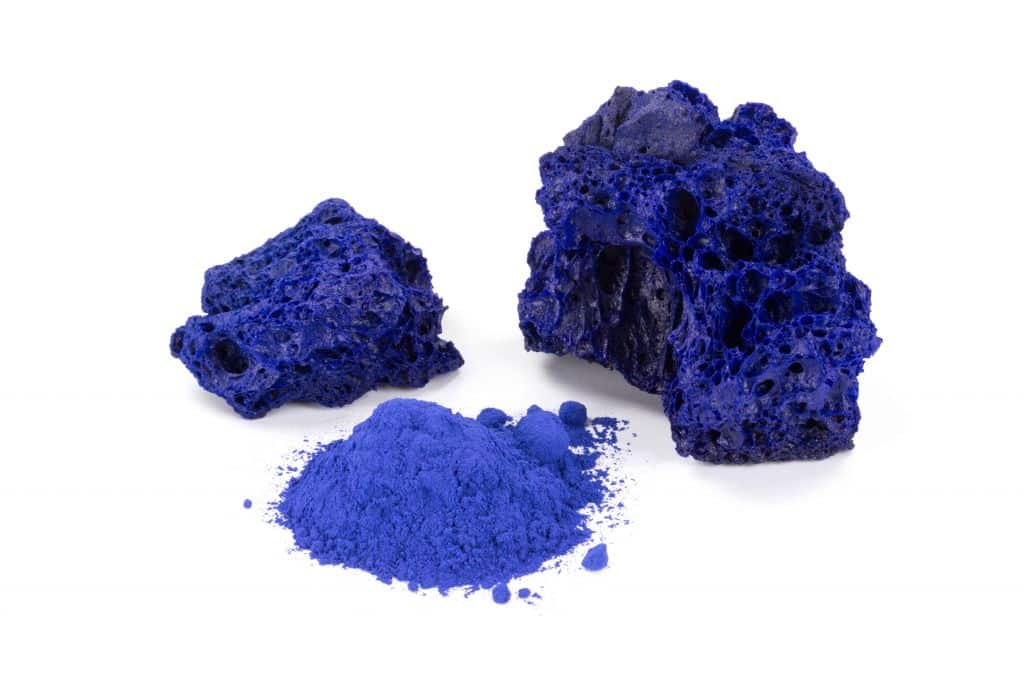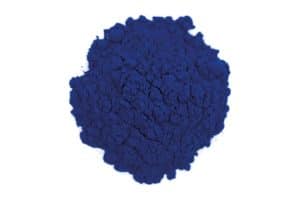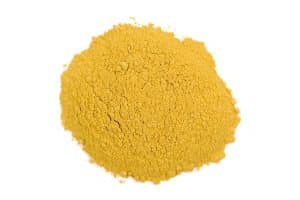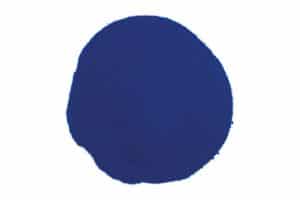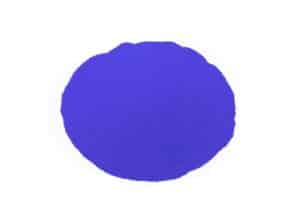Description
10000 & 10010 Smalt
Smalt was the earliest of the cobalt pigments. It is artificial, in the nature of glass, a potash silicate strongly
colored with cobalt oxide and reduced to a powder.
The origin is obscure. For years there has been much debate concerning whether or not cobalt was used by
the Egyptians and other ancient cultures to color glass. Recent studies have shown that cobalt was definitely
present along with copper in much Egyptian blue glass, however only in small amounts. There is no
evidence as yet, however, that any powdered cobalt glass was ever used as a painter’s pigment in ancient
times.
When cobalt was first employed in Europe for glass making is not known, but probably the Venetian glass
makers knew of its properties. Beckmann and Meltzer (1956) credit the discovery to Christoph Schürer, a
Bohemian glassmaker, in about 1540-1560, but it was certainly available before the sixteenth century, as it
has been detected at least two European painting s from the fifteenth century (Dieric Bouts The Entombment
and Michael Pacher The Early Fathers).
About the middle of the fifteenth century, certain cobalt minerals such as cobaltite (CoAsS) and smaltite
(CoAs2) were discovered on the borders of Saxony and Bohemia. At the time, the nature of these minerals
was not known and, since they gave the miners a certain amount of trouble, they were called “cobalt” for
spirits or “kobolds” which were thought to haunt the mines. The Bohemian glass makers soon found,
however, that these strange minerals had the property of coloring glass blue.
We produce smalt according to a recipe from the 19th century, by roasting a powder mixture of cobalt salts.
At about 1150° C the powder melts forms a glass mass of a deep bluish black color. The glass melt is
deterred and is ground into powder.
Smalt, since it is a glass and is transparent, has very poor hiding power and, for this reason, it has to be used
coarsely ground. Like other glasses, smalt is considered to be stable. It is better used in aqueous media and
lime (fresco); in oil-media only a dull color is obtained because the refractive index of smalt is so close to
that of dried oil. Smalt in oil-media is often observed to have partially or completely discolored, although
when lead white is mixed with the paint film, some protection against the loss of color is sometimes
afforded.
Smalt, in common with all other cobalt pigments, exerts a powerful siccative effect on oil films. This
property of smalt was appreciated quite early. Examples of its use as a siccative are found in at least one
recipe from the seventeenth century.
